SNIS212C December 2019 – September 2020 TMP64
PRODUCTION DATA
- 1 Features
- 2 Applications
- 3 Description
- 4 Revision History
- 5 Device Comparison Table
- 6 Pin Configuration and Functions
- 7 Specifications
- 8 Detailed Description
- 9 Application and Implementation
- 10Power Supply Recommendations
- 11Layout
- 12Device and Documentation Support
- 13Mechanical, Packaging, and Orderable Information
Package Options
Mechanical Data (Package|Pins)
Thermal pad, mechanical data (Package|Pins)
Orderable Information
7.6 Typical Characteristics
at TA = 25 °C, (unless otherwise noted)
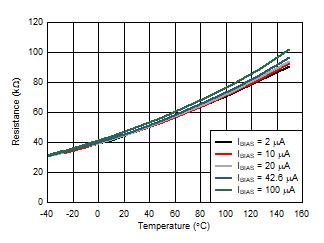
Figure 7-1 Resistance vs. Ambient Temperature Using Multiple Bias Currents
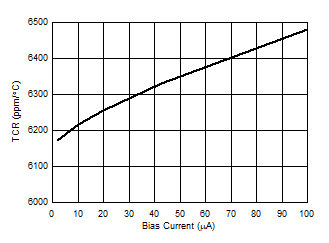
Figure 7-3 TCR as a Function of Sense Current, ISNS
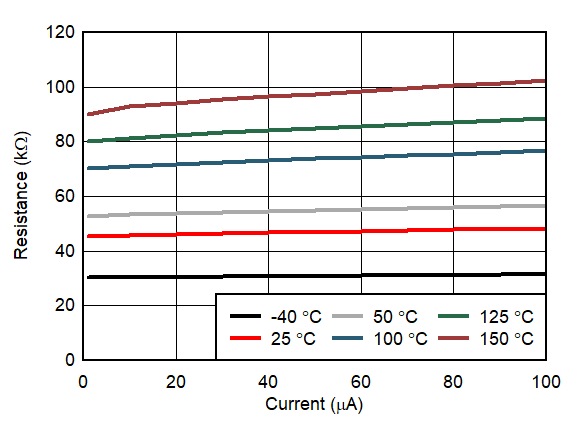
Figure 7-5 Supply Dependence Resistance vs. Bias Current
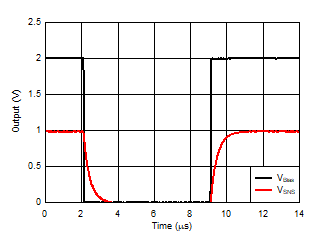
| TMP64: VSNS = 1 V |
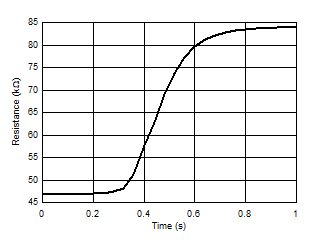
| TMP64: Stirred Liquid. Temperature: 25 °C to 125 °C |
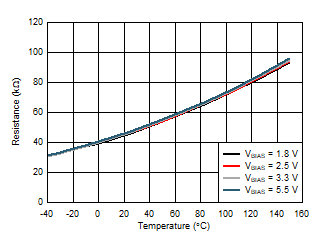
| RBias = 47 kΩ with ±0.01 % Tolerance |
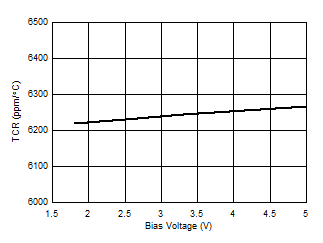
| RBias = 47 kΩ with ±0.01% Tolerance |
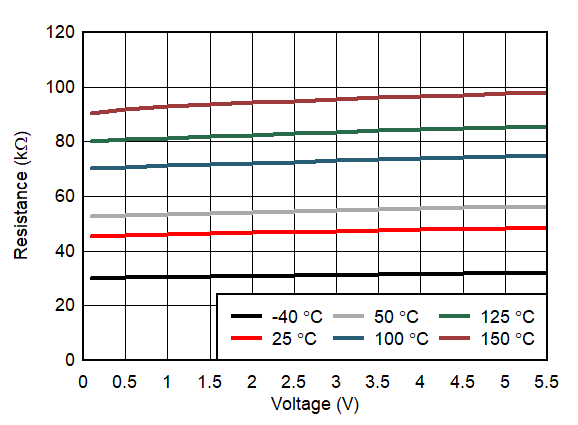
| RBias = 47 kΩ with ±0.01% Tolerance |

| TMP64: Stirred Liquid. Temperature: 25 °C to 125 °C |
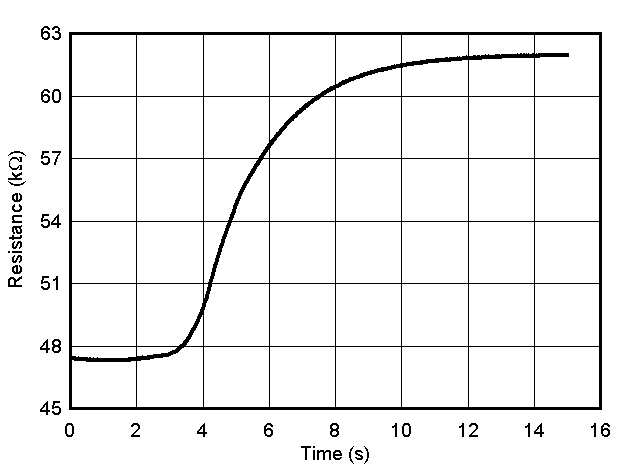
| TMP64: Still Air |